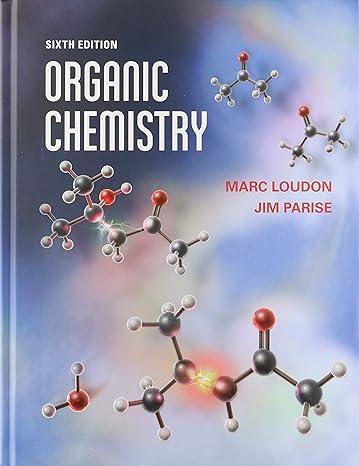The curved-arrow notation can be used to understand seemingly new reactions as simple extensions of what you
Question:
The curved-arrow notation can be used to understand seemingly new reactions as simple extensions of what you already know. This is the first step in developing an ability to use the notation to predict new reactions. Provide a curved-arrow mechanism for the following reaction.
To do this, follow these steps:
1. Examine the reactants and products and label corresponding atoms. If you’re not sure, make a guess.
2. Describe what has happened to the functional groups in the starting material. In this case, focus on the double bond. Is this transformation similar in any way to a reaction you have seen before?
3. Make the connections you deduced in (1) with a curved-arrow mechanism, trying to use steps that are similar to mechanistic steps you’ve seen in other reactions.
Use separate structures for each step of the mechanism;
that is, don’t try to write several mechanistic steps using the same structure.
4. Use a Lewis acid–base association, Lewis acid–base dissociation, or Brønsted acid–base reaction for each step.
Step by Step Answer:






